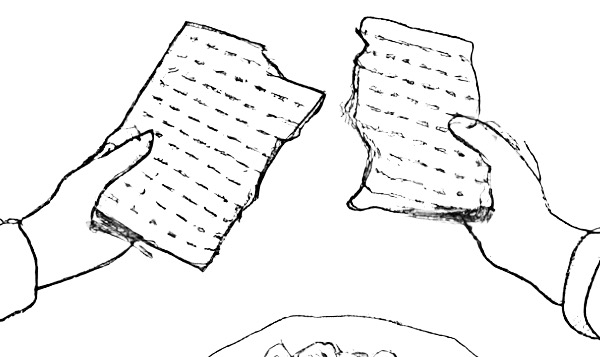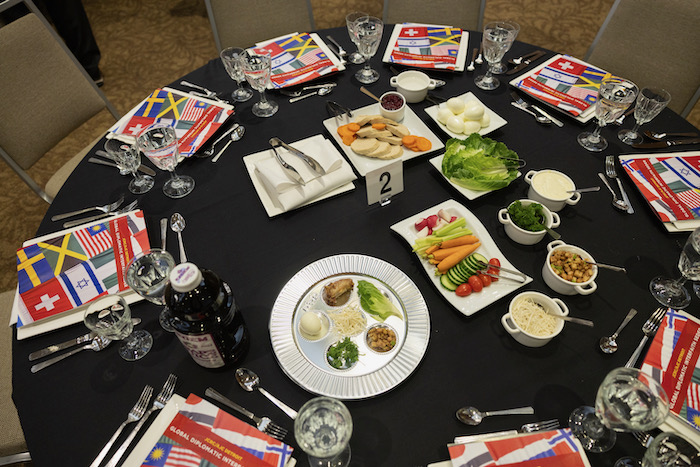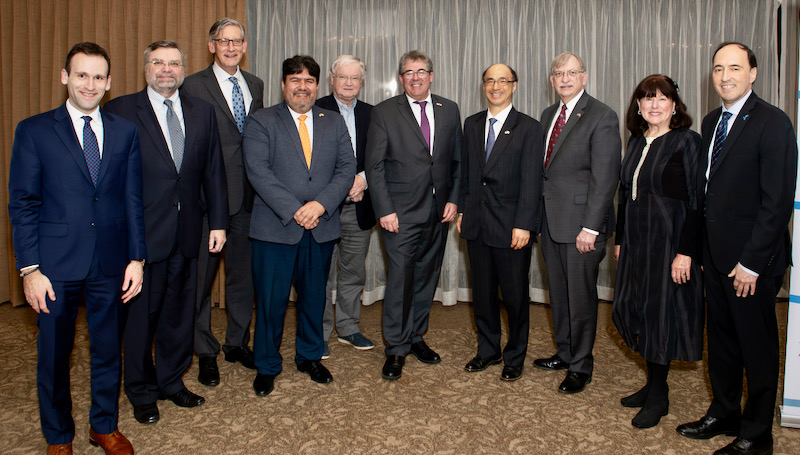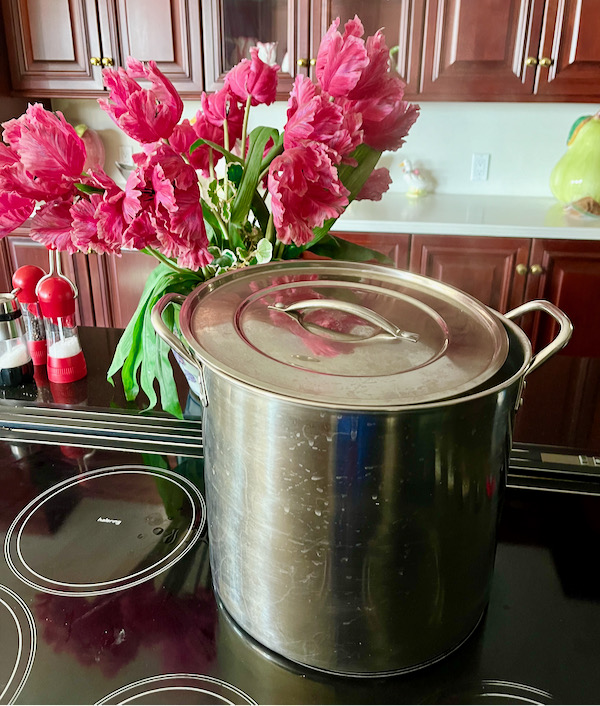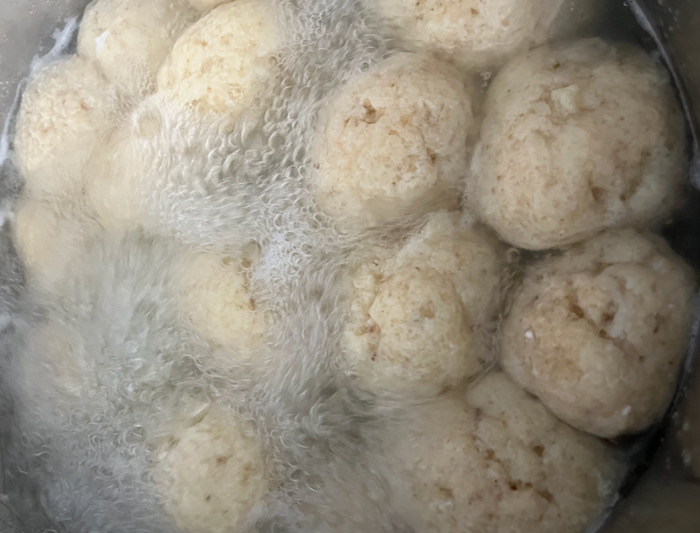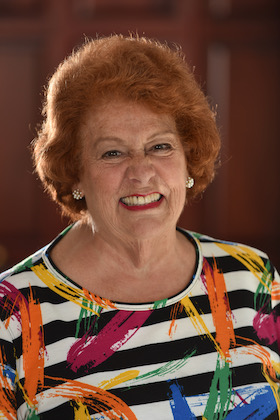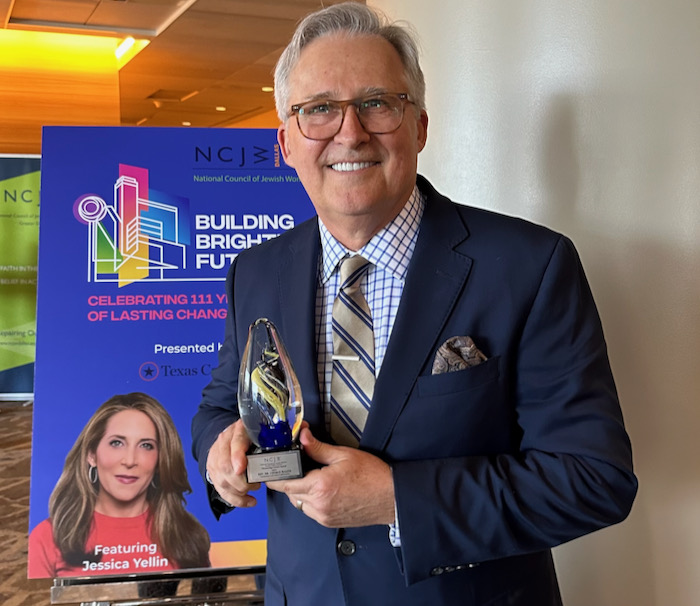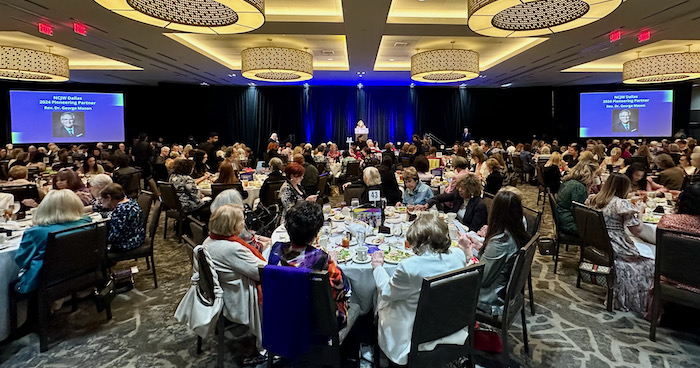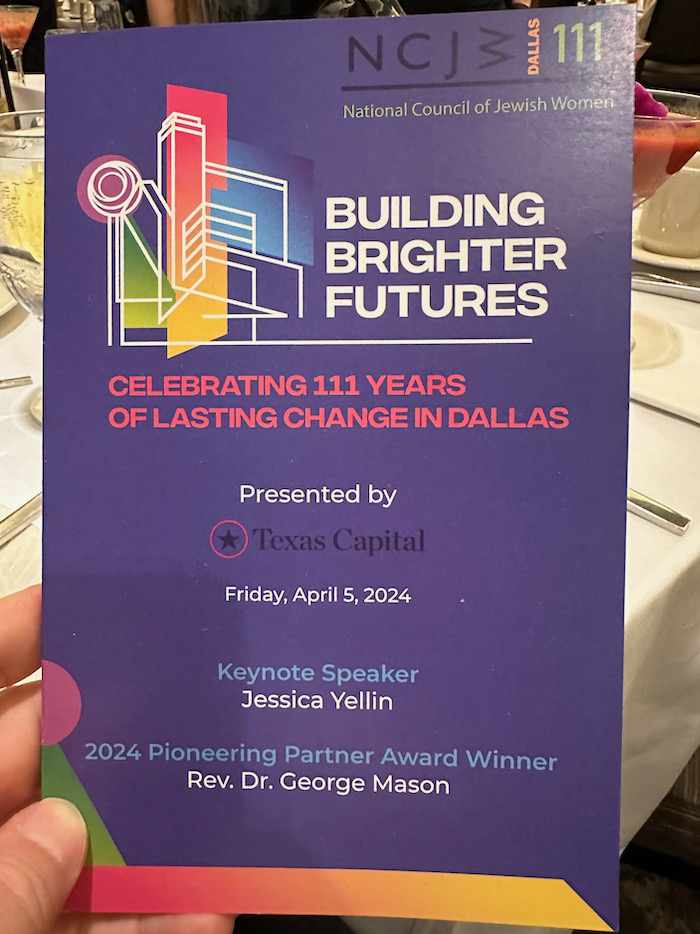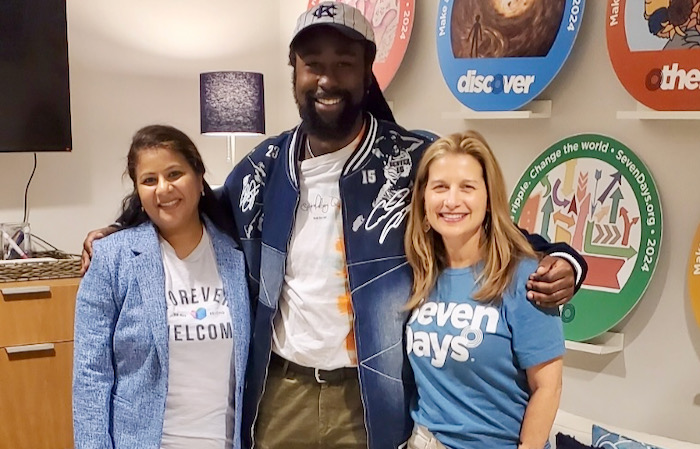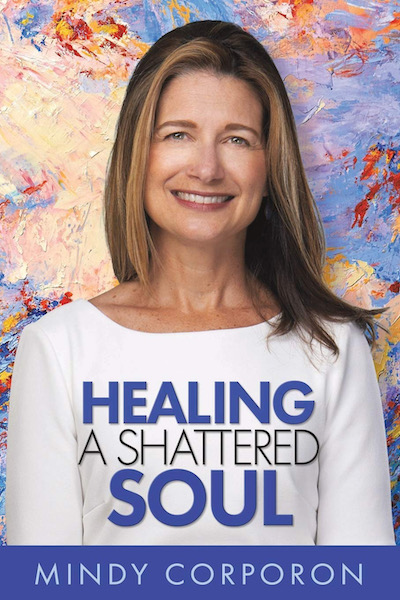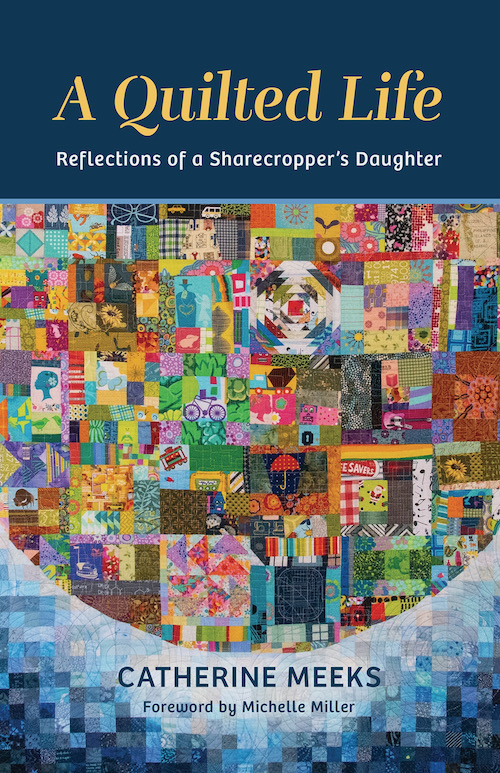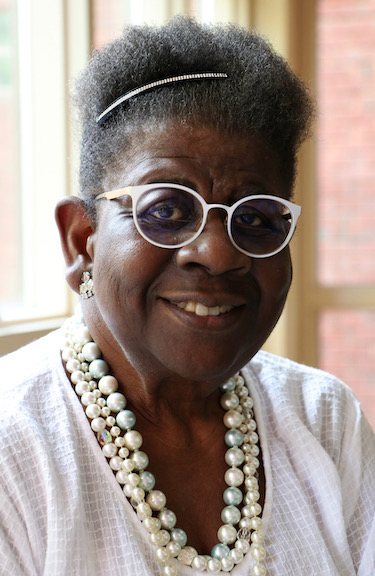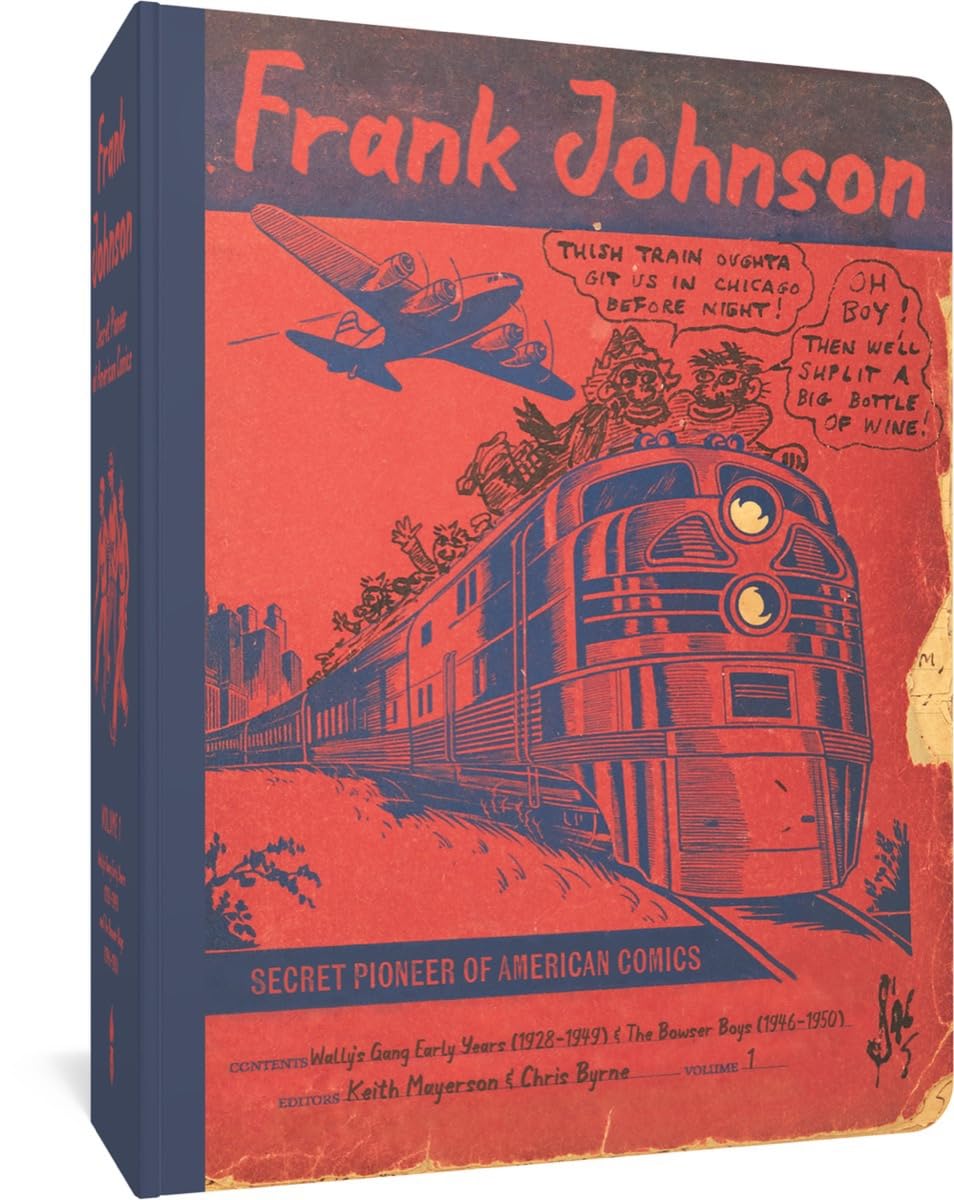EDITOR’S NOTE: Our publishing house is preparing to publish Torah Wrestling, an upcoming book by Chicago-based Rabbi Roy Furman about “embracing the other” in Torah—the first five books of the Bible beginning with Genesis that are central to Jewish tradition. As Passover 2024 approached, we invited Rabbi Furman to share the following prayer for Yachatz (also spelled Yahatz) that he wrote for his family and friends. As he explains, “Yahatz is that part of the Passover Seder when a piece of matzah is raised up, then broken, followed by this declaration: ‘This is the bread of poverty, the bread of affliction our ancestors ate in the land of Egypt. Let all who are hungry come and eat; let all who are in need join our Seder. Now we are here. Next year in the Land of Israel. Now we are slaves. Next year, may we all be free’.” We hope that our readers will find this prayer meaningful and may want to share this prayer with friends as well—and, if you do care to share this text, Rabbi Furman gives his permission.
Yahatz, The Breaking
Lifting matzah
Bread too poor
To rise,
We snap it in two,
Intoning
“Let all who are hungry come and eat.”
Let all of bent body, of low spirit,
Rise up!
Dance mountains!
Leap streams!
Soar chasms that separate
Your world from ours.
Come! Loosen the hold on your famine and your fear.
Come into our homes.
Sit by us, shoulder to shoulder;
Be amazed at your welcome,
Eat and be sated.
But you don’t.
So we send shofar-blowers ‘round
To the wounded of our world,
Calling out to you, impoverished
And immiserated souls,
Whose home is the stench of fear-stifled breath
Where the lure of freedom is an unrequited seduction.
Come! We implore you
From the depths of our being.
Trust us, with whatever remnants of courage remain
In your desperate refuge lives.
“Let all who are hungry come and eat.”
Come! Bring your aching bellies and your shriveled babies.
Overcome if you dare, just this once,
Your distrust of glib promise,
Your visceral hatred of smooth-tongued prophets.
Come to us,
In your bitterness,
In your deep despair,
In your unending distress,
Hear this! O please hear this!
We need you.
This year even more urgently than last,
At our Seder table heavy unto groaning.
“Let all who are in need join our Seder.”
Come!
Join your stories to ours.
Tell us of your journeys,
And your dreams,
As we break the bread of your brokenness,
And ours.
But if you don’t, or can’t, or dare not,
We will sit, waiting for you
To make us whole.
And if you come not by Seder’s end,
We will eat your portion.
We will eat your pain.
We will eat your exile.
We will eat the emptiness of our lives,
That gnawing space where you
Belong.
We will sit at this table
Where a place for you is set
And wait, as for a Jerusalem
Whole and just,
For you to come,
This year or next.
Rabbi Roy Furman
